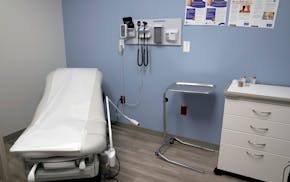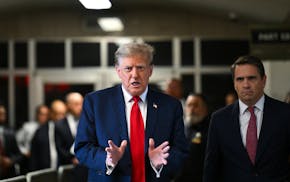Earlier this month, China's Politburo announced some welcome changes in leadership etiquette. It said the country's leaders should henceforth go about their business with a minimum of fuss and fanfare. They should travel across the country without ostentatious ceremonies on their arrival or inflicting long-winded speeches on their hosts.
The Politburo's new pointers seem in keeping with its approach to economic policy. Over the weekend, it convened the Central Economic Work Conference, an annual three-day meeting that sets the tone for economic policymaking in the year ahead.
Xi Jinping, the party's new boss, already has made the party line clear: fiscal policy will remain "proactive" (ie, not too tight) and monetary policy "prudent" (ie, not too loose). His aim seems to be to maintain confidence without letting anyone get carried away. Xi's much-trumpeted planting of a banyan tree, a symbol of prosperity, in the southern export-manufacturing hub of Shenzhen on Dec. 8 was meant to have the same effect.
This nuanced approach is a marked contrast to the party's response to the 2008 financial crisis, when it rolled out a red carpet of stimulus spending. In 2009 infrastructure investment (measured in nominal terms) was often 50 percent higher than a year earlier, one of the biggest Keynesian experiments in history. This year, planners have again quickened the pace of approvals for projects, especially in railways and subways. But infrastructure investment is growing at nothing like the pace of 2009. And in the year to November, it slowed, perhaps reflecting Beijing's reluctance to give local governments the financing they need to indulge themselves.
Monetary policy offers another example of China's economic reticence. In the first seven months of the year, the central bank trimmed interest rates and banks' reserve requirements. But it has since resisted the temptation to cut further, preferring to make ad hoc purchases of bank assets as their need for cash arises. These sporadic injections of liquidity are easier to reverse. They are "low-profile" measures, points out Louis Kuijs of the Royal Bank of Scotland. A rate cut, by comparison, would loudly advertise the central bank's expansionary intent.
The final example is housing. China's leaders have repeatedly resisted calls to lift restrictions on multiple home purchases, designed to curb property speculation, despite a painful slowdown in home sales and commercial house-building. These curbs have helped to restrain house prices. Haibin Zhu of JPMorgan Chase says the average price of a 970-square-foot flat is about 8.1 times average household incomes, compared with 10 times at the end of 2010. Sales have picked up strongly. Construction may follow.
During a difficult summer, the leadership's understated response to China's economic woes looked like an under-reaction. But the economy has gathered momentum in recent months. Industrial production grew by more than 10 percent in the 12 months to November.
The recovery is also visible in electricity output -- up by 7.9 percent in the same period. This had failed to grow in the 12 months to June, inspiring fears that the economy was much weaker than the official growth figures suggested.
But two related problems still weigh on China's manufacturers. The first is excess capacity in industries such as steel, cement and car making. The second is excess inventory. In the first half of the year unsold goods piled up as firms failed to find customers for their wares. Since then they have slowed production and reduced their stockpiles. Zhu now sees signs that the inventory cycle may be turning. This would boost growth as firms increase output to rebuild stocks. But he cautions that the deeper problem of overcapacity will take longer to resolve.
The recovery remains stronger in heavy than in light industry. It is also stronger in China's central and western regions than on the coast, where exporters tend to cluster. At last month's Canton Fair, China's largest trade fair, export orders were 17.5 percent lower than a year earlier, points out Kuijs. Official figures show that exports to the European Union have fallen by an astonishing 18 percent over the past year. Europe's chronic failure to resolve its crisis continues to cast a pall on China's prospects.
China's economy grew 5.3% in first quarter, beating expectations
NASA confirms mystery object that crashed through roof of Florida home came from space station

New rules for Pregnant Workers Fairness Act include divisive accommodations for abortion
Saudi foreign minister arrives in Pakistan to discuss how to help with the country's economic crisis
